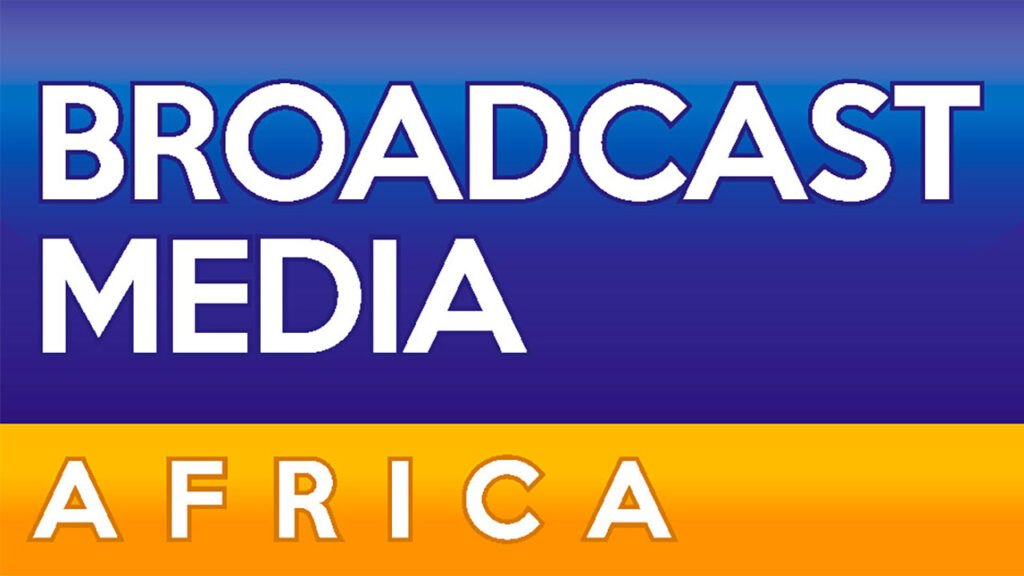

Telecommunication company Telkom’s fibre-to-the-home (FTTH) business, Openserve, has significantly increased the number of homes connected by 19.5%, bringing its overall connection rate to just below 50%. This update was provided in the company’s report for the first quarter ending 30 June 2024.
As a result of the 19.5% increase, Openserve has seen a rise in the number of connected homes from 590,527 to 615,430 since March. This has led to a connection rate of 49%, which is a measure of the proportion of homes connected over homes passed.
Homes connected refers to the number of homes with a line from Openserve installed into their homes or those that have an active connection with Openserve. However, there is no industry standard way to report this figure. Openserve uses the former approach, counting all homes with installed lines, but not necessarily active, as “connected”.
On the other hand, homes passed refers to how many residential properties have access to Openserve’s network, including those not connected. In March, Openserve’s homes passed number increased to 1,256,603 from 1,217,110, indicating a 13.4% change from the previous quarter.
In addition to the increase in homes connected, Openserve has seen a 33% increase in data consumption to 681 petabytes. Furthermore, the network’s uptime remained stable, with its access, transport, and core layers achieving uptimes of 99.5%, 99.91%, and 99.99%, respectively.
Other major players in the South African FNO landscape, including Herotel, MetroFibre, Octotel, Vodacom, and Zoom Fibre, have also provided feedback on their latest homes connected and passed figures, outlining their respective focus on buildouts or improving connectivity ratios.
It is worth noting that Openserve is making strides to catch up with Vumatel in terms of homes passed and connected, and it is evident that improving the connectivity ratio is a primary focus for many FNOs in 2024










